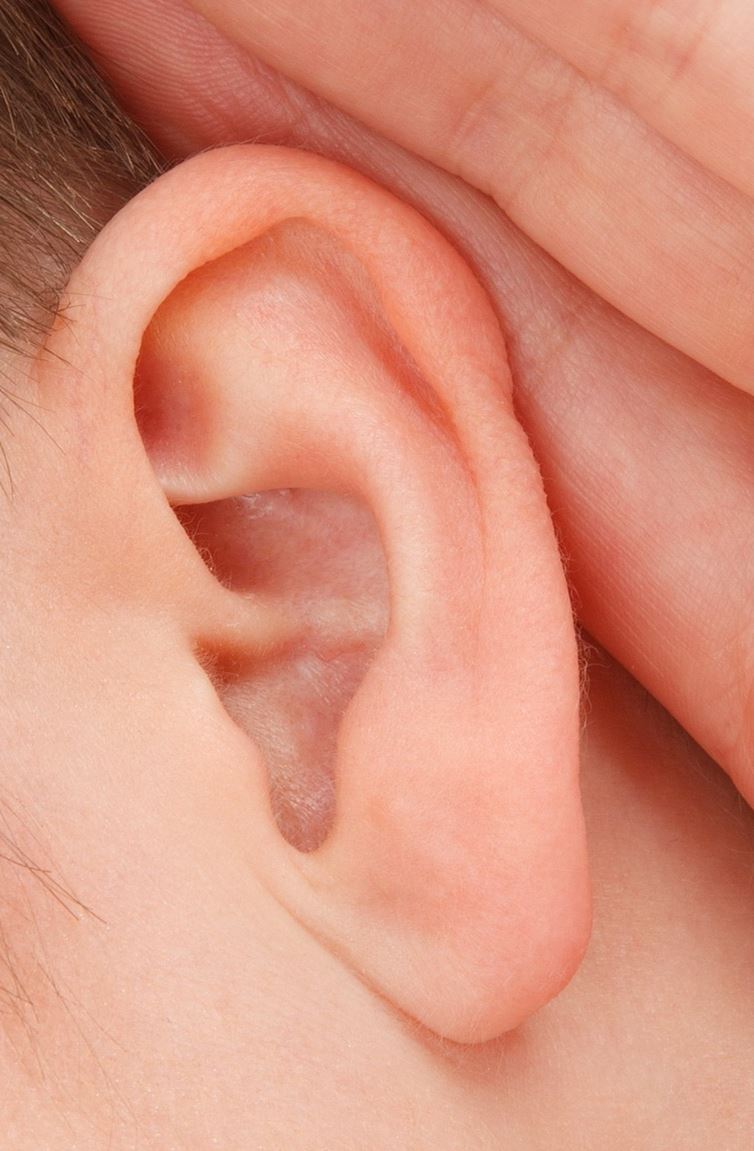Ear Syringing Information
Ear Syringing Information
Sometimes excessive wax can build up inside the ear canal causing symptoms such as ear pain, hearing loss, and fullness in ears or itchiness. This can happen for a number of reasons including hairy or narrow ear canals, using hearing aids and the use of cotton wool buds.
If ear drops have not been successful (or appropriate) in removing your ear wax, you may be referred by your GP or nurse to have a further procedure, either Irrigation or microsuction to remove the earwax. The procedures are quick and safe.
For more information or to book an appointment please call 01798 342248 after 10:00 am.

|
1. What is earwax? Sometimes excessive wax can build up inside the ear canal causing symptoms such as ear pain, hearing loss, and fullness in ears or itchiness. This can happen for a number of reasons including hairy or narrow ear canals, using hearing aids and the use of cotton wool buds.
|
|
2. How can it be treated? A build-up of ear wax can be treated with eardrops which are available from your local pharmacy. These can help soften and loosen the earwax, which may help it work its way out naturally.
|
|
3. Do you have an Audiology appointment ? Your ears will need to be free from wax for your audiology appointment. If your ears contain wax, it may lead to delays in your treatment and require additional appointments. Olive oil drops can be used to soften ear wax and help it come out of the ear. 2 -3 drops should be used twice a day for at least one week before your appointment.
If you know or suspect that your eardrum is perforated do not use drops unless directed by your Doctor. |
Reason For Microsuction:
REASON1: The patient is suffering from significant symptoms due to ear wax build up OR
REASON2: There is a foreign body, including vegetable matter in the ear
Indications For Microsuction :
☐ Has previously undergone ear surgery (other than grommets insertion that has been extruded for at
least 18 months).
☐ Has a recent history of otalgia and /or middle ear infection (in past 6 weeks)
☐ Has a current chronic perforation or history of ear discharge in the past 12 months
☐ Previous complications following ear irrigation including perforation of the ear drum, severe pain, deafness,
or vertigo.
☐ Two attempts at irrigation of the ear canal in primary care were unsuccessful.
☐ Ear drops have been unsuccessful and irrigation is contraindicated
Unfortanatly We are unable to provid microsuction service at Petworth Surgery however we work with Billingshurst Surgery who are happy to see our patients.Our clinicians will refer for microsuction suction when needed. We ask our patients to still book their initial ear irrigation appointment with our nursing team.
Gatwick Audiology
Clinics held every alternate Friday at Pulborough Medical Centre.
The rates are £50 for one ear and £80 for both ears.
To make a booking please contact them direct and ask for Hazel Spring. Email:hazel@gatwickaudiology.co.uk, Tel: 0333 011 7717
Specsavers
Chichester
£35 per ear. If no wax is visible no charge is made.
01243 533350
Action for Deafness
£70 for both ears. Clinics are held in Haywards Heath every Wednesday Tel: 01444 415582 Email:info@actionfordeafness.org.uk
Action for Deafness 22 Sussex Road Haywards Heath West Sussex RH16 4EA
Page created: 09 April 2020